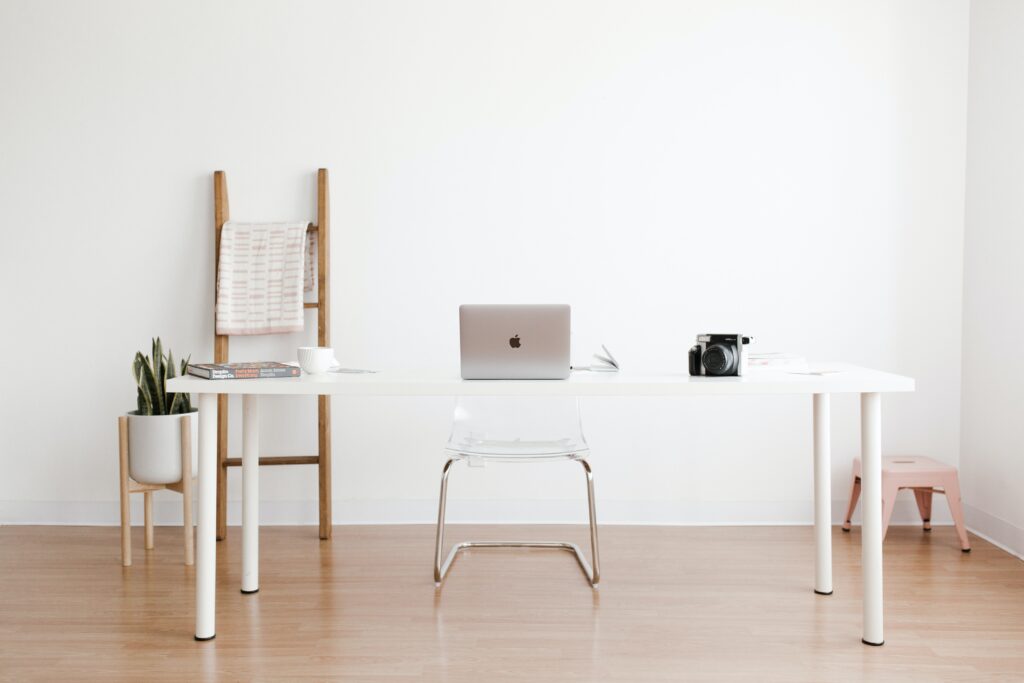Floor Plans for Home Offices: Designing Productive Workspaces
Designing a productive home office requires careful consideration of various factors, such as space allocation, layout, lighting, and storage. With the increasing trend of remote work and the need for efficient workspaces, floor plans for home offices have become a crucial aspect of creating a productive and comfortable environment. Here are some key elements to consider when designing floor plans for home offices:

- Location and Privacy: Choosing the right location for your home office is vital. Ideally, it should be placed in a quiet area of the house, away from distractions and high-traffic areas. If possible, allocate a separate room for your home office to create a dedicated workspace that provides privacy and limits interruptions. Alternatively, you can partition a section of a room using dividers or bookshelves to create a designated office area.
- Functional Layout: Consider the workflow and functionality of your work tasks when designing the layout of your home office. Start with a clear desk space that allows for an ergonomic setup, with adequate room for a computer, keyboard, and other essential tools. Position your desk near a power source to facilitate easy access to electrical outlets. Additionally, ensure that your office layout accommodates any specific equipment or furniture you may require, such as printers, scanners, or filing cabinets.
- Lighting: Proper lighting is crucial for a productive work environment. Natural light is ideal, as it enhances mood, productivity, and overall well-being. Position your desk near a window to make the most of natural daylight. If natural light is limited, incorporate a combination of ambient, task, and accent lighting to create a well-lit space. Adjustable desk lamps and overhead lighting with dimmer switches allow you to control the lighting levels based on your needs throughout the day.
- Storage Solutions: Effective storage solutions are essential for maintaining an organized and clutter-free home office. Consider incorporating various storage options into your floor plan, such as built-in shelves, wall-mounted cabinets, or dedicated storage units. Use these storage solutions to keep your workspace tidy by storing files, office supplies, and equipment within easy reach. Utilize vertical space efficiently to maximize storage capacity without encroaching on your working area.
- Connectivity and Technology: In today’s digital age, a reliable internet connection is crucial for remote work. Ensure that your home office floor plan includes access to high-speed internet and a designated area for routers or modems. Plan for cable management to keep cords and cables organized and hidden, preventing tangling or tripping hazards. Consider your technology needs, such as the number of monitors, docking stations, or audio equipment, and allocate sufficient space for their placement and storage.
- Comfortable Ergonomics: Ergonomics play a significant role in creating a comfortable and healthy work environment. Invest in an ergonomic chair and an adjustable desk to promote proper posture and reduce strain on your body during long work hours. Pay attention to the placement of your computer monitor, keyboard, and mouse to ensure optimal positioning and reduce the risk of repetitive strain injuries. Incorporate standing desks or ergonomic accessories, such as footrests or wrist supports, for added comfort and flexibility.
- Personalization and Inspiration: Make your home office a space that reflects your personality and inspires creativity. Add personal touches, such as artwork, plants, or motivational quotes, to create a visually appealing and inspiring environment. Consider incorporating a comfortable seating area or a reading nook where you can take breaks and relax. Personalizing your workspace helps create a sense of ownership and boosts your overall mood and productivity.
In conclusion, designing floor plans for home offices involves thoughtful consideration of factors that contribute to productivity, comfort, and functionality. By selecting an appropriate location, optimizing layout and lighting, incorporating efficient storage solutions, and prioritizing ergonomic design, you can create a productive workspace that enhances your remote work experience.


